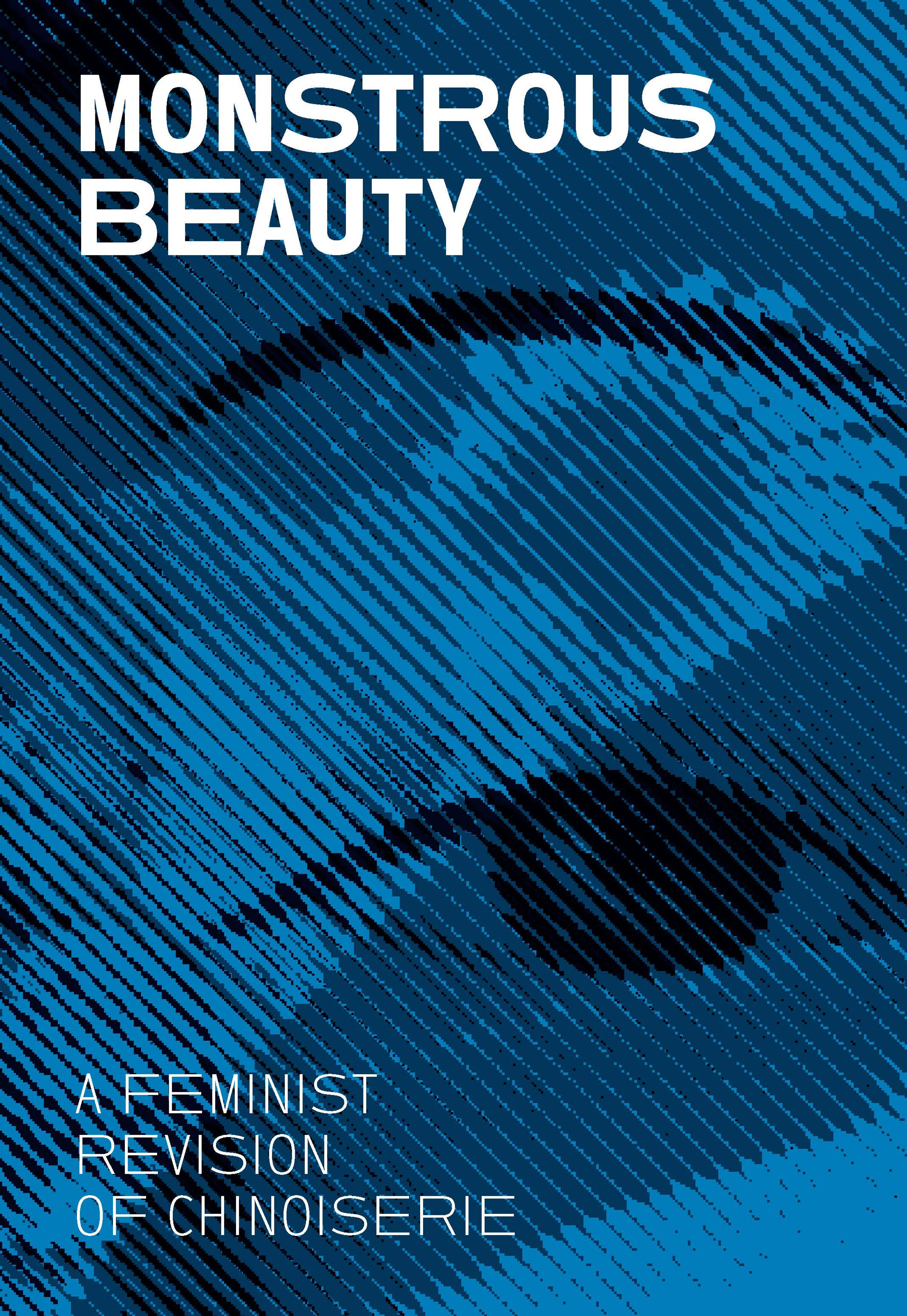Famous Women
In 1799, the scholar Cao Zhenxiu wrote a cycle of sixteen poems about famous women of history and legend. Not content with the usual heroines—chaste widows and filial daughters—Cao selected women of more diverse talents, foregrounding poets, calligraphers, and warriors and arguing for an expanded notion of female virtue. She then commissioned the young virtuoso painter Gai Qi to illustrate her poems. Although some of the scenes take place indoors, several of them feature garden settings, including the ones you see here. Light in ink tone, Gai’s images display a seemingly endless variety of brushwork, from dry, rounded strokes to evoke the rough texture of rocks to pinpoint black lines to describe sharp grasses.
Artwork Details
- 清 改琦、曹貞秀 列女圖 冊
- Title: Famous Women
- Artist: Paintings by Gai Qi (Chinese, 1773–1828)
- Artist: Inscriptions by Cao Zhenxiu (Chinese, 1762–ca. 1822)
- Period: Qing dynasty (1644–1911)
- Date: dated 1799
- Culture: China
- Medium: Album of sixteen leaves; ink on paper
- Dimensions: Image (each): 9 3/4 × 6 5/8 in. (24.8 × 16.8 cm)
Double-page leaf (each): 12 3/8 × 16 in. (31.4 × 40.6 cm) - Classification: Paintings
- Credit Line: Purchase, Bequests of Edna H. Sachs and Flora E. Whiting, by exchange; Fletcher Fund, by exchange; Gifts of Mrs. Harry Payne Bingham and Mrs. Henry J. Bernheim, by exchange; and funds from various donors, by exchange, 2016
- Object Number: 2016.362a–t
- Curatorial Department: Asian Art
More Artwork
Research Resources
The Met provides unparalleled resources for research and welcomes an international community of students and scholars. The Met's Open Access API is where creators and researchers can connect to the The Met collection. Open Access data and public domain images are available for unrestricted commercial and noncommercial use without permission or fee.
To request images under copyright and other restrictions, please use this Image Request form.
Feedback
We continue to research and examine historical and cultural context for objects in The Met collection. If you have comments or questions about this object record, please contact us using the form below. The Museum looks forward to receiving your comments.
